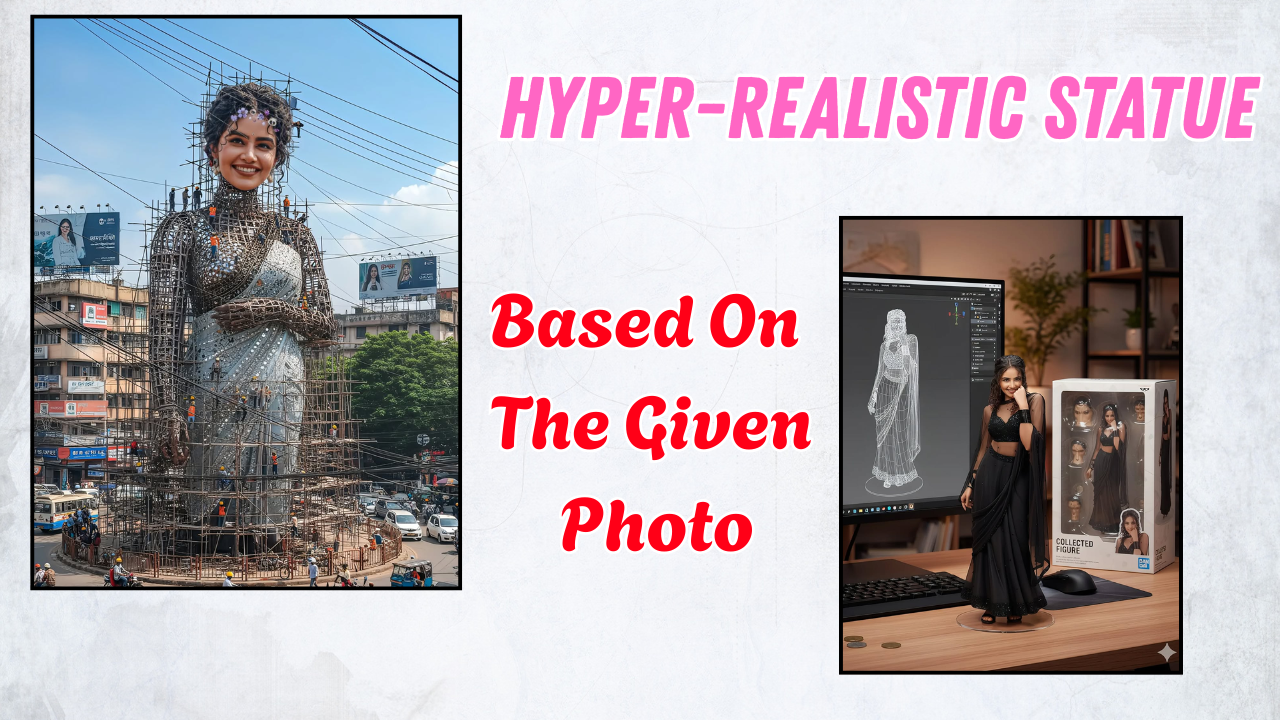Introduction
In the digital age, where visuals speak louder than words, the magic of photo effects has transformed the way we perceive and interact with images. Have you ever wondered why certain photos catch your eye more than others? Or why some images seem to tell a story while others fall flat? The secret often lies in the use of photo effects.
Understanding Photo Effects
Photo effects are techniques applied to images to alter their appearance. These can range from simple adjustments like brightness and contrast to complex artistic transformations that make photos look like paintings or vintage photographs.The concept of altering photos isn’t new. In the darkroom days, photographers used techniques like dodging and burning to manipulate light and shadows. With the advent of digital technology, these effects have become more accessible and diverse.
The Evolution of Photo Editing Software
From the rudimentary tools of the 1990s to today’s advanced software, photo editing tools have evolved significantly. Programs like Adobe Photoshop and Lightroom have set the standard, offering a plethora of effects that can transform any photo.These are the foundational effects that every photographer needs to master. Adjusting brightness can make a photo lighter or darker, while contrast changes the difference between the lightest and darkest parts of an image.
Saturation and Hue
Saturation intensifies the colors in a photo, making them more vibrant, while hue changes the overall color scheme, giving a different mood or feel to the image.This effect gives photos an old-fashioned look, reminiscent of the 1960s and 70s. It’s perfect for creating a nostalgic or timeless feel.Removing color from a photo emphasizes texture and contrast, often making the subject stand out more clearly.
Sepia
Sepia adds a brown tint to photos, giving them a warm, antique appearance that’s both classic and elegant.This filter turns photos into cartoon-like images, making them fun and playful.An oil painting effect gives photos the texture and appearance of an oil painting, adding depth and a touch of artistry.This effect makes photos look like they were painted with watercolors, with soft edges and vibrant colors.
The Tools for Applying Photo Effects
Photoshop is the gold standard for photo editing. It offers extensive tools and effects, allowing users to create virtually any look they desire.Lightroom is favored by photographers for its powerful editing capabilities and intuitive interface. It’s perfect for making both minor and major adjustments.GIMP is a free, open-source alternative to Photoshop. While it may not have all the bells and whistles, it’s quite capable for most photo editing needs.
Mobile Apps for Quick Edits
Developed by Google, Snapseed is a powerful mobile app with a wide range of effects and filters, ideal for on-the-go editing.VSCO combines photo editing and social media. Its filters are known for their subtlety and ability to enhance photos without making them look over-edited.Prisma is famous for its artistic filters that turn photos into works of art, mimicking the styles of famous artists like Picasso and Van Gogh.
How to Apply Photo Effects
- Open Your Photo in Editing Software: Start by loading your image into your chosen photo editor.
- Adjust Brightness and Contrast: Use sliders to find the perfect balance that enhances the photo’s details.
- Tweak Saturation and Hue: Increase saturation for a vibrant look, or play with hue to alter the color mood.
- Save Your Changes: Always save a copy of the original photo before making changes permanent.
Combining Multiple Effects for Unique Results
Layering different effects can create stunning images. For instance, a black and white effect combined with a selective color effect can highlight specific parts of an image, drawing attention to the most important elements.Photos with well-applied effects are more likely to catch viewers’ attention, leading to higher engagement rates on social media platforms.Consistently using specific photo effects can help build a recognizable personal brand, making your photos instantly identifiable.
Consistency in Visual Aesthetics
Maintaining a consistent style with your photo effects creates a cohesive look across your social media profiles, making them more visually appealing.Professional photographers use effects to enhance their images, highlight their style, and make their work stand out in a competitive market.In advertising, photo effects are used to create eye-catching visuals that attract and retain consumer attention.Content creators leverage photo effects to produce visually stunning images that support their storytelling and engage their audience.
Common Mistakes to Avoid
Less is often more when it comes to photo effects. Overusing effects can make photos look unnatural and unappealing.Always start with a high-quality photo. Effects can enhance an image, but they can’t fix poor quality.Stick to a consistent style to create a cohesive look, especially if you’re using photos for branding purposes.Currently, effects like retro, cinematic, and minimalistic edits are trending. These styles offer a mix of nostalgia and modernity.
Emerging Trends
Emerging trends include 3D effects, glitch art, and augmented reality filters, pushing the boundaries of traditional photo editing.As technology evolves, expect more integration of AI in photo editing, making it easier to apply complex effects with just a few clicks.






Super
Plz
Insta chat lock
Hi
Photo eathing
Photo eathing please
Ok style
Super app
Naveen
Super